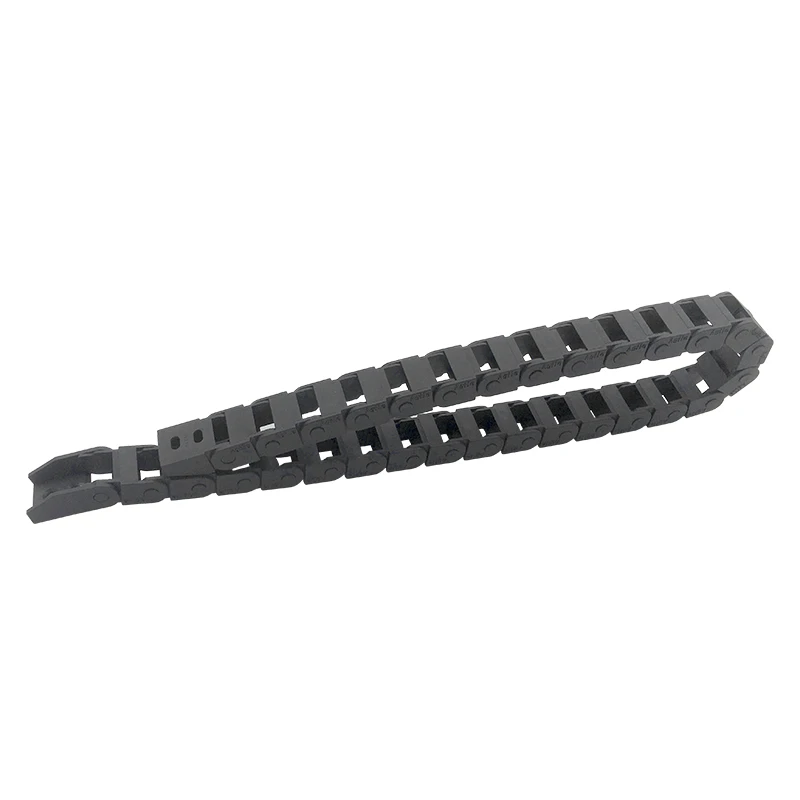flexible cable carrier chain
Understanding Flexible Cable Carrier Chains Design, Function, and Applications
In the modern industrial landscape, the need for efficient and organized cable management has become increasingly critical. Among the various solutions available, flexible cable carrier chains, often referred to simply as cable carriers or drag chains, have emerged as a popular choice for managing moving cables and hoses in a systematic way. These chains are designed to provide protection and support for electrical cables and fluid lines, particularly in applications involving dynamic motion.
What is a Flexible Cable Carrier Chain?
A flexible cable carrier chain is an engineered component that allows cables and hoses to be routed along a specified path while accommodating continuous movement. Typically constructed from durable materials such as plastic or metal, these carriers consist of multiple interconnected links that create a channel through which cables travel. The design enables the chains to bend and flex, making them ideal for applications in automated machinery, robotics, and conveyor systems.
Benefits of Using Flexible Cable Carrier Chains
1. Protection One of the primary functions of a cable carrier is to protect cables from wear and tear due to friction and environmental factors. By enclosing cables within a structured chain, they are safeguarded against abrasion, crush, and exposure to contaminants, which can prolong their lifespan.
2. Organization Cable carriers help maintain a neat arrangement of cables, minimizing the risk of tangling or crossing. This organization not only enhances the aesthetic of a workspace but also simplifies maintenance and troubleshooting by allowing easy access to cables.
3. Mobility These chains are especially designed to handle constant movement, which is crucial in applications like CNC machines, robotic arms, and overhead conveyors. Their flexibility allows them to accommodate various motion patterns, whether linear or rotational, without jeopardizing the integrity of the cables.
4. Space Saving Flexible cable carriers can be customized to fit specific applications and environments. This adaptability means they can be integrated into compact spaces, ensuring that machinery operates efficiently without unnecessary clutter.
flexible cable carrier chain

Applications of Flexible Cable Carrier Chains
Flexible cable carrier chains are versatile and can be found in a wide range of industries. Some common applications include
- Manufacturing In automated production lines, cable carriers deliver power and data cables to robotic systems, ensuring uninterrupted performance.
- Construction Heavy machinery and cranes often use cable carriers to manage hydraulic hoses and electrical wiring, facilitating movement across a job site.
- Transportation In the transport sector, cable carriers are used in conveyor systems for airports and manufacturing facilities, helping streamline material handling and logistics.
- Entertainment and Theater Stage equipment and lighting require precise cable management, where flexible cable carriers help position and move lighting rigs and audio equipment seamlessly.
Conclusion
In conclusion, flexible cable carrier chains are an essential component in modern industrial operations, providing a robust solution for cable management. Their ability to protect, organize, and facilitate movement makes them invaluable in a diverse array of applications. As industries continue to evolve towards automation and complexity, the role of flexible cable carrier chains will undoubtedly expand, contributing to the overall efficiency and longevity of equipment and systems. Whether in high-speed manufacturing or intricate stage setups, these chains are a testament to innovative design and functional engineering in cable management solutions.








